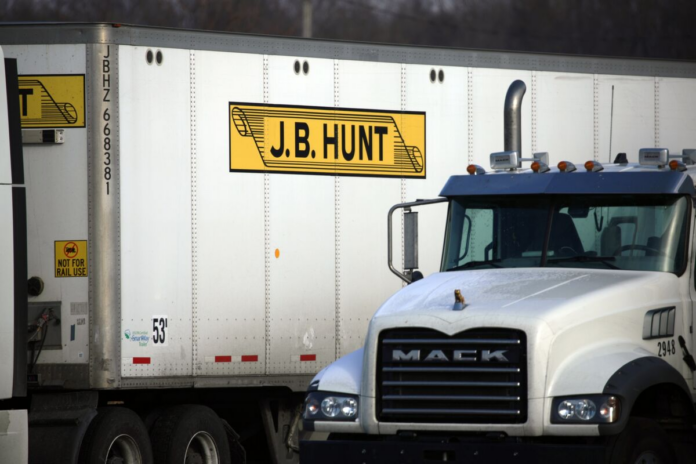The trucking industry’s three-year slump has defied normal cycles in which cargo-hauling capacity contracts to match demand. In previous cycles, small trucking companies would go bust, and owner-operators would exit trucking for more prosperous work. It was painful but quick. Rates would stabilize and then rise.
Those market forces didn’t flush out capacity as usual in this cargo recession, and the reasons for the prolonged pain were tied mostly to the pandemic, specifically the stimulus money that small companies received during Covid-19 and the outsized profits earned during the largest logistics snarl in modern history, which drove up trucking rates. This stash-of-cash theory began to fade as enough time passed for the funds to run out.
The reason that capacity has been stubbornly resistant to the market force of freight rates that don’t cover trucker costs has shifted to an influx of foreign drivers during the previous administration, many of whom never had or no longer have legal immigration status. The dam holding up this capacity is about to break, according to trucking executives.


